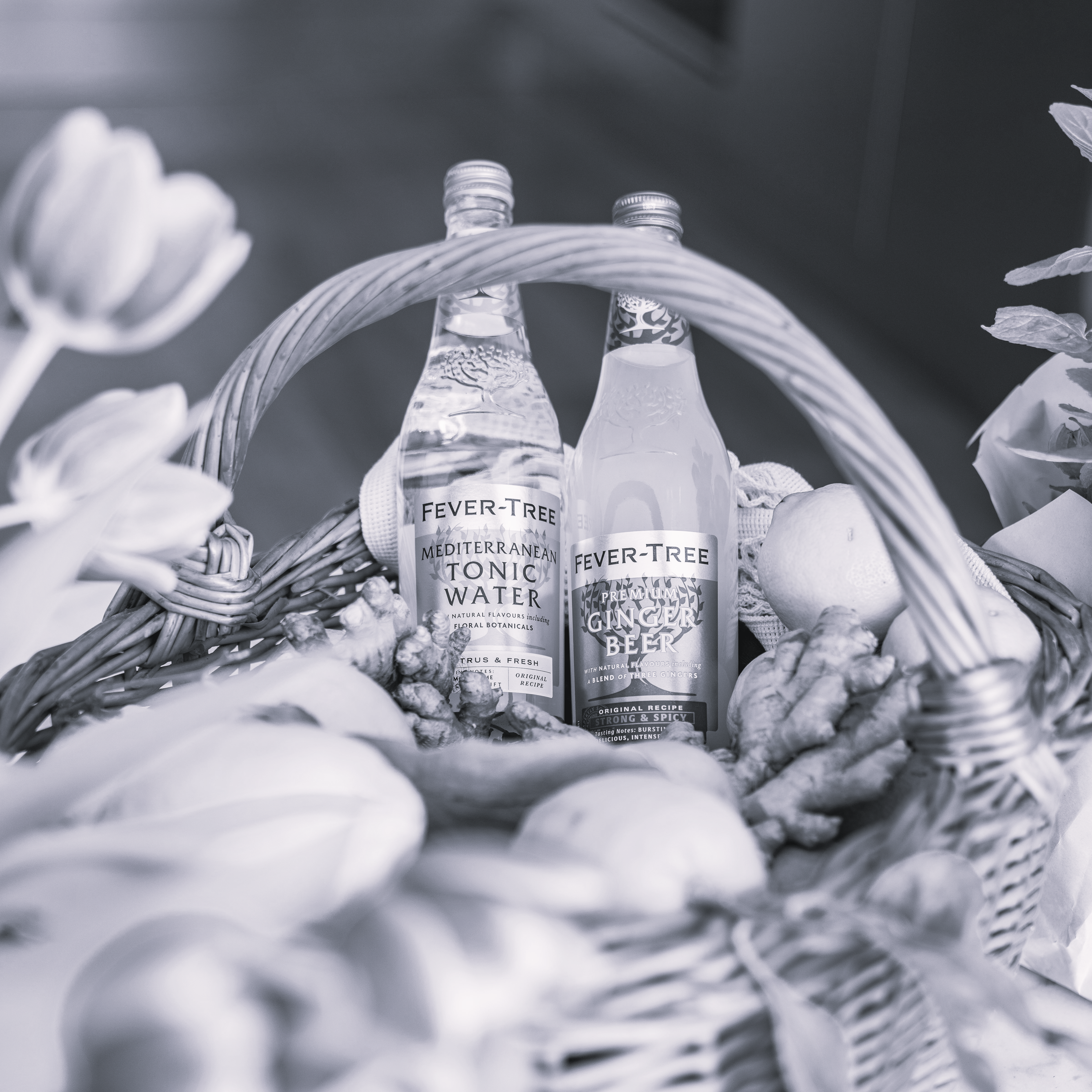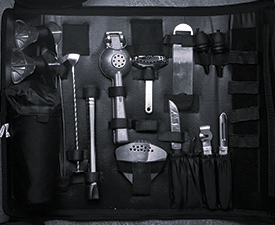The McLaren Vale wine region is approximately 35km south of Adelaide City in South Australia - and is internationally renowned for the wines they craft. Grapes were first planted in the region in 1838 and some vines more than 150 years old are still producing. Today there are more than 500 registered grape growers, and approx 90 wine producers in McLaren Vale, with the majority being small family-run boutique wineries.
McLaren Vale has a Mediterranean climate with four distinct seasons - with a dry warm summer; the area has dry weather from December through to March or April, ideal for grape ripening, as it is gentle with long warm days and short cool nights. The region rarely experiences frost or drought due to its close proximity to the sea. The region is bounded to the south by the Sellicks Hill Range and to the west by the waters of Gulf St Vincent. The region extends east to the historic town of Clarendon and the area around the Mount Bold Reservoir and to the north to Reynella.
Famous for producing Shiraz, the grape is by far the most important variety for the region, accounting for about 50% of the total crush. The area's thin soils, limited water, and warm summers harness Shiraz's natural vigour and produce intense flavoured fruit, and wine with a deep purple-red colour that can last decades. McLaren Vale wines are distinguished by their ripeness, elegance, structure, power and complexity. McLaren Vale has 3,800 hectares of Shiraz under vine. Other major varieties include Cabernet Sauvignon with 1,288ha planted, Chardonnay with 567ha planted and Grenache with 454ha - other varietals Mourvedre, Tempranillo, Merlot and Sangiovese. The McLaren area has many different soil types which contribute to the wines from the area having different terroir. The soils include fertile red-brown earths, terra rossa, soft sands and dark cracking clays. Some soil types allow grapes to be dry-grown, with approx 20% of the total crop dry-grown - which produce small berries, sought after for intensity of flavour.










